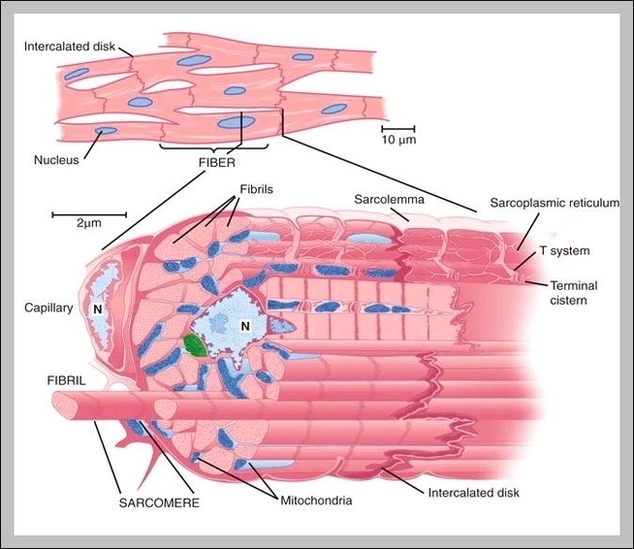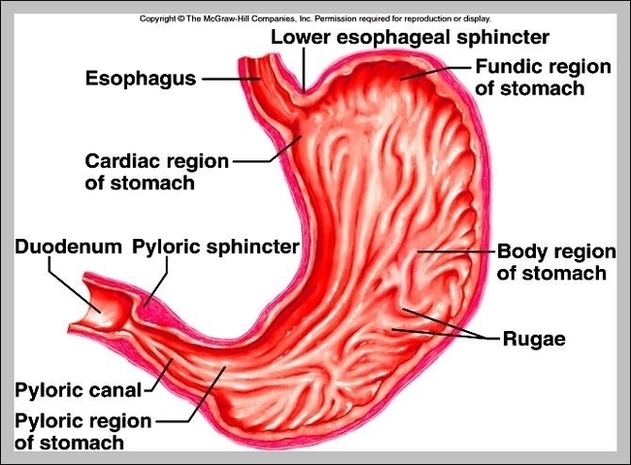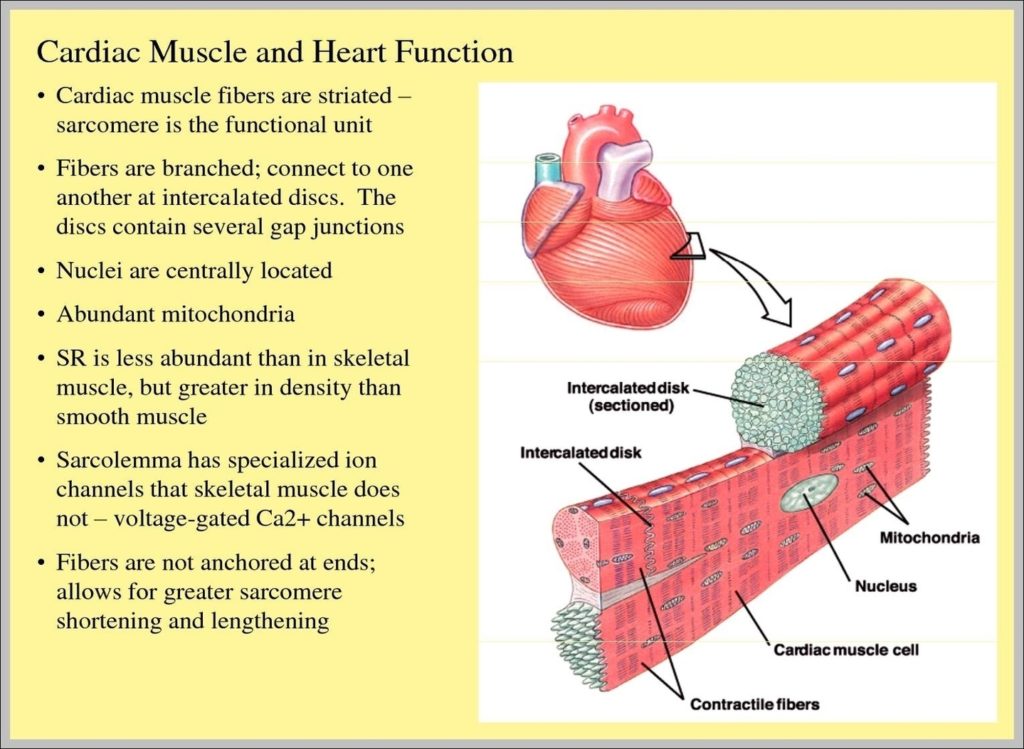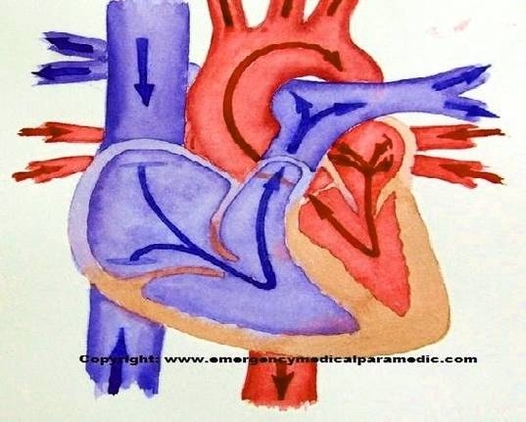Posted inDiagrams
Cardiac Cell Tissue Organ Representation Described
Cardiac Cell Tissue Organ Representation The heart, a critical organ that keeps blood moving throughout the body, is a muscular, four-chambered system that is responsible for pumping blood through the…







